With Welsh ancestry, Chris Lansley’s journey through Wales on his first bikepacking ITT, the infamously brutal Bear Bones 200, was a curious experience, and one that we’re very glad he shared with us at ADVNTR.cc. Although his home turf around Sheffield is certainly not flat, Chris was about to discover that this part of the Brecon Beacons gives ‘hilly’ a whole new meaning.
Hiraeth – the Welsh word for homesickness or nostalgia, an earnest longing or desire, or a sense of regret. The feeling of longing for a home that never was. A deep and irrational bond felt with a time, era, place or person.
What is the Bear Bones 200?
Wales has always had a pull for me. The ‘land of my fathers’ (actually the land of my mum and my father-in-law) has a magical combination of terrain, people and atmosphere, and I was about to spend a weekend immersing myself in it by bike.
The creation of Stuart Wright, the Bear Bones 200 is a self supported, long distance bikepacking event. The challenge is to complete the route with no outside assistance, support or back-up. Each year the route changes, but riders can anticipate a distance of around 200 kilometres (124 miles), with 5,000 metres (16,400 feet) of ascent, and with a large proportion of the route being off-road’
This year, the Brecon Beacons provided a spectacular backdrop, with remote tracks, hike-a-bike sections, steep valleys and some of the biggest views in all of the UK. While there’s no time limit or cut-off for finishing, riders are expected to complete the course within 36 hours. The BB200 is designed to be a true test, not a social ride or tour, and undertaken in a manner that reflects that. Due to COVID limiting mass gatherings, this year’s edition could be ridden on any date in October, starting and finishing at the same point anywhere on the circular route.
BB200 Take 1
In the weeks leading up to the ride I was wracked with anxiety. This would be my first attempt at the BB200. I’d ridden a 200 kilometre randoneé once, but on tarmac. Adding luggage, rough terrain and lots of climbing made this a much sterner test; did I have it in my legs?
My plan was simple. Pedal, push, step; keep moving, no matter how slowly. I aimed to reach the foot of Pen Y Fan by the end of day one, get some sleep, then greet the sunrise on the ridge above Brecon. I’d then pedal, push and step the rest of the way, hopefully completing the 196 kilometre route within the suggested time limit.
The first stretch was a microcosm of all that was to come – great views down the valley, a steep uphill, mud, puddles, rocky tracks, and a fun downhill bit. Too fun as it turned out, my GPS unit squawking angrily at me as I missed a turning. Backtracking uphill, I re-joined the course and continued on my way across the moors and over the Begwyn hills, where occasional rays of sunlight broke through the clouds and sparkled on the surface of one of the many river crossings I’d be dealing with. Past the roundabout, and down into the first food stop of the day, where I raided the local Spar, which is said to be something of a tradition on Stu’s rides.
The road snaked inexorably upwards. I’d long since accepted my fate, that climbs would be taken slowly, and descents savoured. Friendly faces passed by on foot and in cars, offering encouragement. I rose out of the treeline and mounds of open moorland resolved themselves; behind them loomed the mist-shrouded bulk of Hay Bluff. Suddenly my gaze snapped upwards, drawn by the red kite circling above me.
Back when I was a boy, widespread use of pesticides such as DDT had decimated raptor populations around the world. In the UK, red kites were one of only three globally threatened species in the UK, with fewer than 100 pairs to be found, all in Wales. I remember a family holiday to go in search of them, and we saw three, soaring above a hill on the other side of the valley. It was a wonderful moment, and these beautiful birds have had a strong draw for me ever since.
The effort, the expansive hills, the kite above me — it was overwhelming, and tears of exhilaration mingled with the Welsh mist blowing down from the Bluff.
I trudged upwards, tracing the route of Offa’s Dyke. Much like the Bluff itself, much of the Dyke’s history is rather shrouded in the mists of time. Its construction has been variously credited to the Romans and a number of Anglo-Saxon rulers of the early Middle Ages, but it is generally accepted as a boundary between the kingdoms of Mercia (old middle-England) and Wales.
Reaching the top, the GPS track suddenly split off to the left of the main path. Before me, an excellent example of the Welsh tendency for lines on the maps turning out to be less than visible on the ground. Blundering through heather and tussocks, I eventually found the sheep track wending its way along the flanks of the hill, past cows and Brecon ponies, before sending me down a rocky clough into the valley below.
Supposedly, that was one of the two big climbs out of the way. While this was a good mental boost, I was soon dispirited by a series of smaller hills – short, sharp and unrelenting. As I chatted to a chap outside a pub where I refilled my water bottles, he asked, “Where are you headed next? That’s easy, just head down this road here…” Yeah. I think I’ve been set a harder challenge than that. I turned the exact opposite way out off the car park, rounded the corner, and once again found myself trudging up a 16% incline, before hike-a-biking up a steep track of ankle-turning mud, roots and rocks. I imagined Stu, sat in a stone house nestled in a little valley in Mid-Wales, opening up his Big Book Of Evil Climbs for Bikers. “Ah yes,” he thought, “that’ll do nicely…” I wondered if he heard my curses.
It’s not all an exercise in sadomasochism however, and the resulting downhill gave me a real feeling of having earned my turns as the serpentine single-track had me whoopin’ and hollerin’ all the way to the bottom.
As darkness drew in, I reached a town with a chippy. Hot food would be mine! I scoffed a cone of chips followed by a pizza, then kidding myself that I really had the energy for another four hours of riding, I headed towards the next trial.
By now, I’d come to realise that a) there’s no flat bit in the Brecon Beacons, and b) I’d never get to take the straightforward route to the next destination… I mean, why head seven kilometres along the bottom of the valley to the next village when you can get to it via an 11 kilometre diversion with nearly 400 metres of climbing?
The next section slowly zig-zagged its way over the hills via a mix of lanes, a rocky stream masquerading as a downhill trail, and wide, gravelly fire roads towards the woods I’d earmarked as a possible bivvy spot. Overhead, the lack of light pollution in this sparsely populated part of Wales resulted in a breathtaking array of stars and constellations, their beauty lifting my tired spirits.
Regular bivviers will no doubt recognise the feeling of finding the perfect spot about 5 minutes down the trail the morning after. That night, I turned that premise on its head, passing up a nice, flat spot under a broad oak tree in search of something a bit further from the road. In retrospect, who on earth would have driven by at that time of night? I’d probably have benefited more from putting up with a lone car exhaust than the hour long search for a spot that wasn’t waterlogged, sloping, covered in sheep, or a combination of all three. Still, it ticked off a few more kilometres, and I eventually bedded down for what I hoped would be about four or five hours’ rest.
My morning alarm went off in time for a decent bit of breakfast before tackling ‘The Gap’. Having dozed off again, I awoke about 45 minutes later, panicked slightly, packed as quickly as I could, and set off while occasionally chewing on an energy bar.
The second ‘big’ climb of the route wasn’t as tough as Hay Bluff; a rocky but wide and gradual track up the valley towards the imposing peaks of Pen Y Fan and Cribyn. Based on my experiences this far, I feared the worst, and fully expected to find myself heading right up into the clouds, but as I neared the pass to the side of Fan Y Big, I realised I didn’t need to get to the top of what was in front of me. As my spirits lifted, so did the mist, and a pinky-orange light started to spill over the horizon, bathing the hillsides in an optimistic glow.
On gates and sheep
Wales is well known for its large population of sheep, outnumbering humans by three to one. Unfortunately, they are thick as mince. The upshot of their limited intellect is that they can’t be trusted to stay where they’re put, and so gates are required to keep them in. Lots of gates. So, so many gates. Gates are not fun when you have a loaded bike, the best part of 150 kilometres in your legs, and you come across four of the blasted things within about 50 metres!
At this point, it’s probably also worth pointing out that the only industry with more ‘standards’ than cycling is the farm gates manufacturing sector. Chains, twine, poorly-hung gates, rust, myriad varieties of elaborate catch systems, overly-stiff springs and encroaching tussocks all conspire to prevent you in your quest to get through (and then repeat the trick as you try to close it behind you).
Occasionally, some of the better-behaved sheep are allowed to roam across common land, their freedom only curtailed by cattle grids at the furthest reaches of their territory. Alas, even without their gates, they still represent a threat to the passing bikepacker, whose only wish is to carry as much speed from the current swooping downhill into the inevitable uphill on the other side of the valley. Tucked in over the handlebars, tarmac buzzing beneath my tyres, I urged my bike faster, faster… building the momentum to carry me as far up the opposing slope before I’d once again be reduced to grovelling at the pedals. But lo! What was that on the apex of the corner at the bottom?
You’ve guessed it – a sheep. It loitered skittishly on the grass verge, casting nervous glances in my direction. Would it bolt? And if so, which way? Away into the bracken, or across the road in front of me? I know of another cyclist who had a sheep run across the road in front of him; it did not end well, with a trip to the emergency room to see to his broken vertebrae, cranium and ribs. Cursing the sheep, I applied the brakes, and scrubbed off my precious speed…
The home stretch
As I pushed on, I felt optimistic about my chances of finishing within the 36-hour time limit. I wasn’t too far from the next refuelling opportunity, and then it should be a relatively (ha!) easy final 40 kilometres to the finish. It seemed though that there were others in the vicinity who felt it worth keeping an eye on the bedraggled and tired bikepacker below them, lest they soon represent an opportunity for a late lunch. There seems to be a high correlation between Stu’s routes and the number of carrion eating kites and buzzards in this part of the world – a coincidence?
Now I was on the home stretch. After a series of valley crossings, with each successive climb out further sapping my energy, there were now a few kilometres of twisting lanes, warmed by unseasonably warm sunshine. A final off-road section along a moorland track (with a final helping of gates of course), and I freewheeled down the road to the finish.
After a bit of getting lost and some searching for food en route, I’d covered 204 kilometres, somehow climbed 6,400 metres, and done it all in 34 hours and 18 minutes.
So, how do I feel about it? I suspect I should trot out some lines about how stoked I am, what an amazing experience it was… but I’m not getting it. I worry that I could (should?) have gone faster. Maybe I could have risked taking a less belt and braces approach to spare clothes, tools, food etc. There’s a nagging part of my mind that says it was no big deal, no great achievement; I just pedalled a bike for a couple of days.
Maybe once I’ve processed it all I’ll feel differently, more proud of what I’ve done, more enamoured of the event. For now though, I’m going to hold on to a positive image, and remember it as a red kite, gently circling in the golden light of the afternoon sun.
.
Check out more from Chris on Instagram at @bearlegged.
Last modified: 21st October 2020

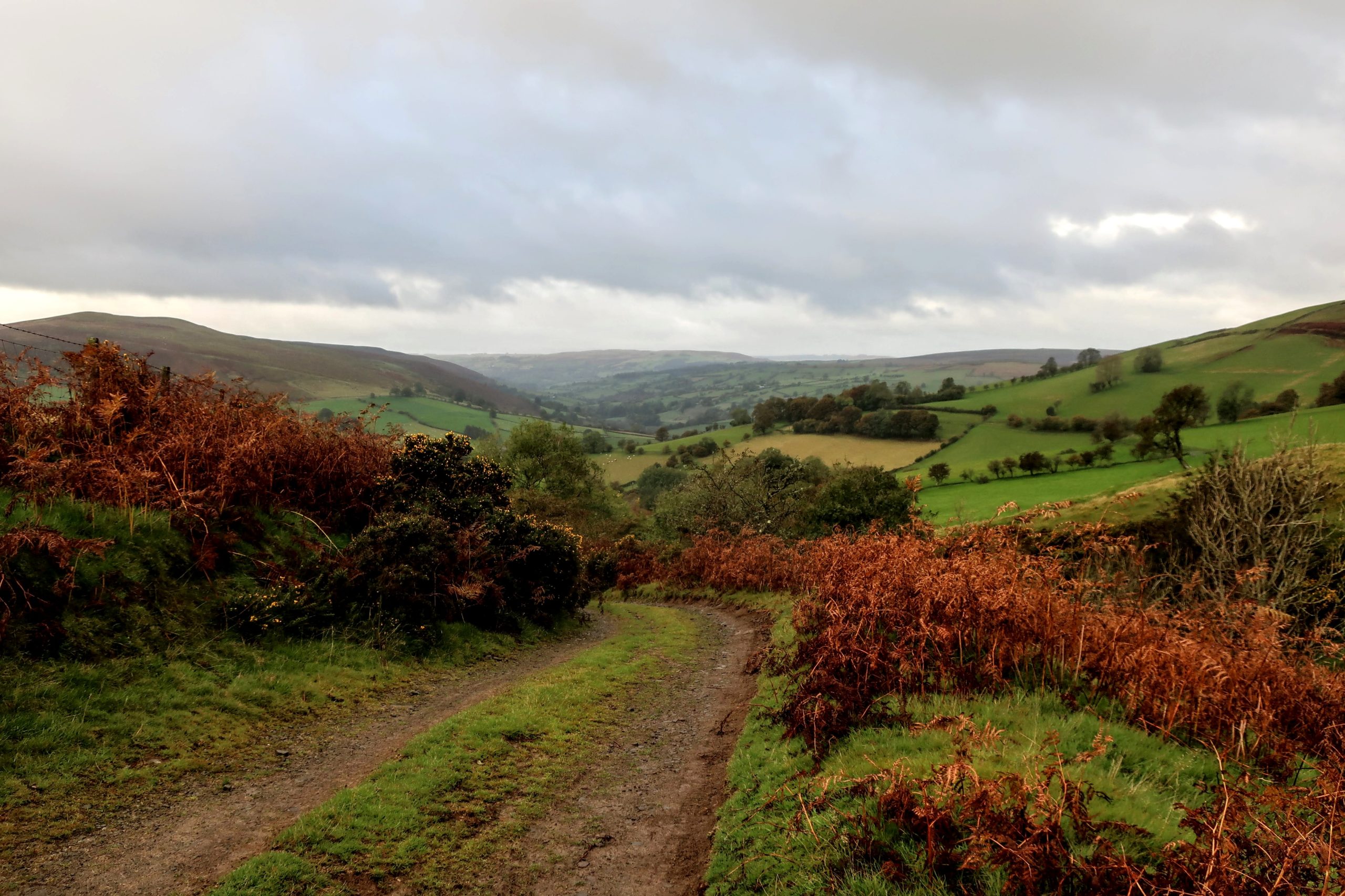

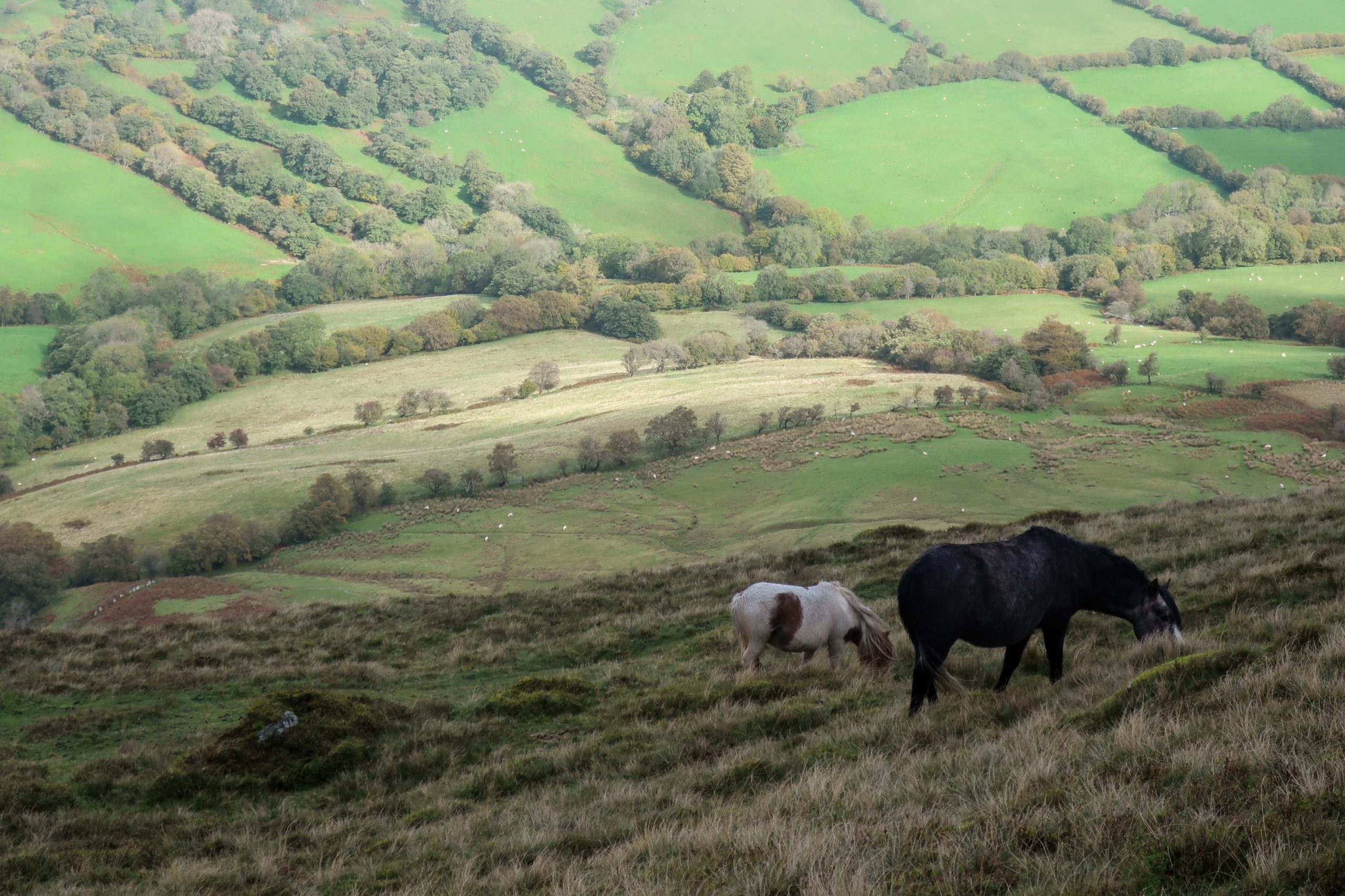
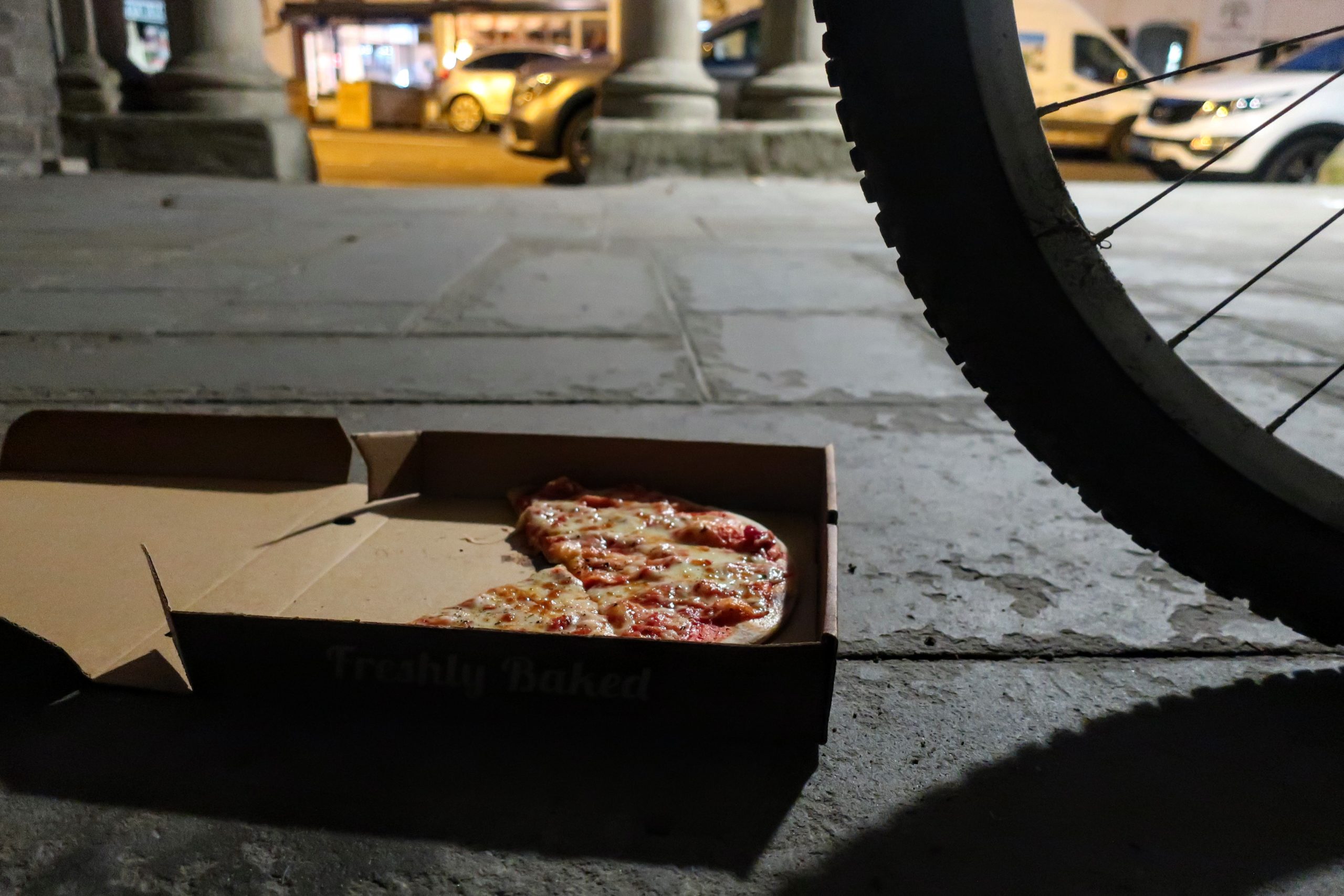
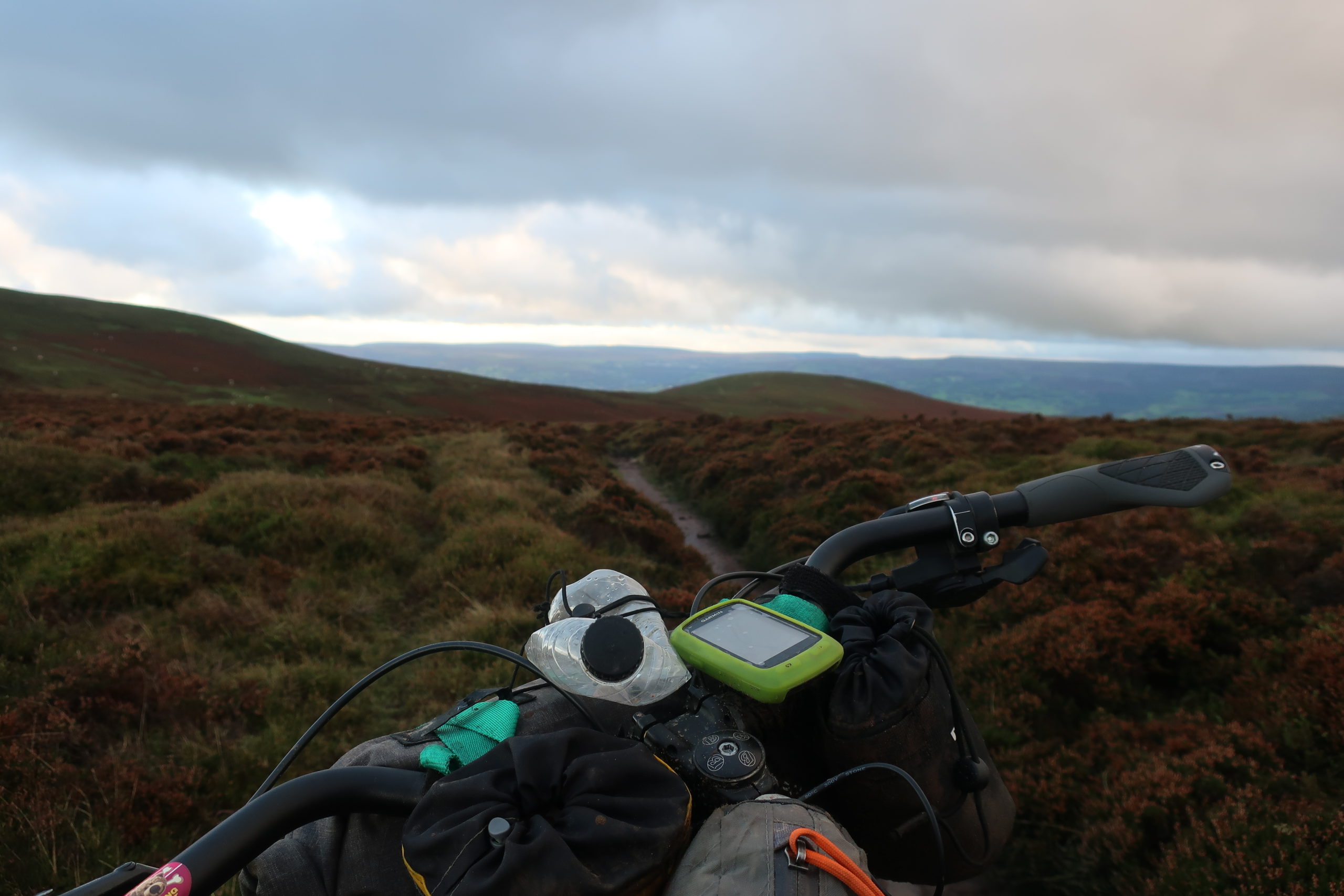
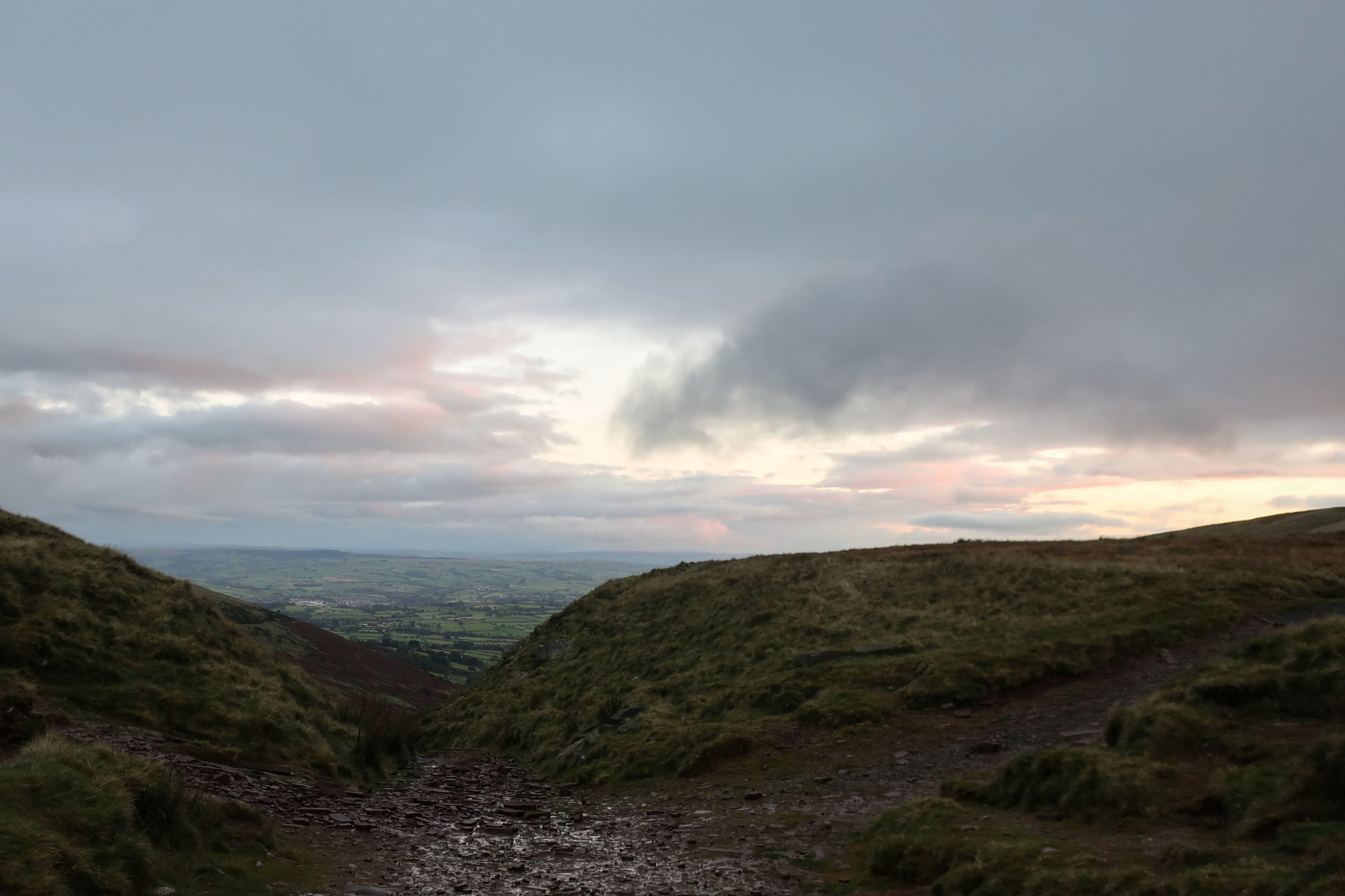

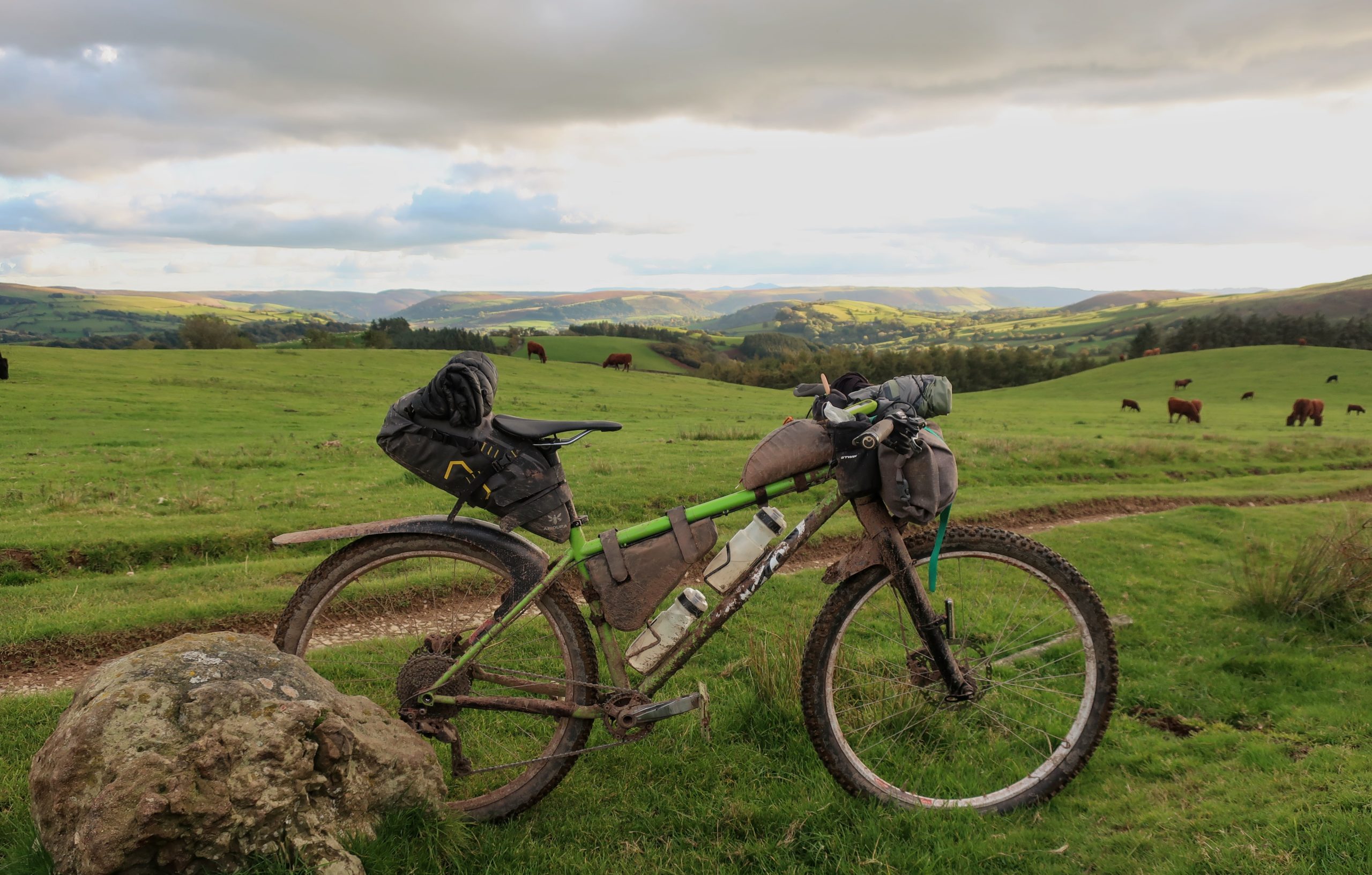



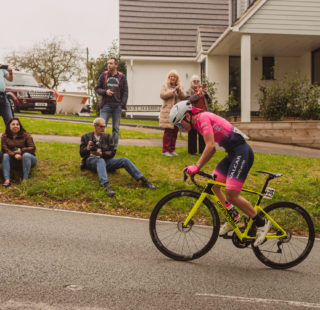








Great write up Chris. Were you happy with your bike? What model of Cotic was it?
Thanks Simon! It’s a Cotic Solaris MAX, last year’s Longshot geometry edition. Despite it having gained a bit of a reputation as a long, low, slack shredding machine, I find it great for eating up the miles too.
Lovely write up, I enjoyed that. You are right about the kites, I remember buzzards being a rare treat when I were a lad.